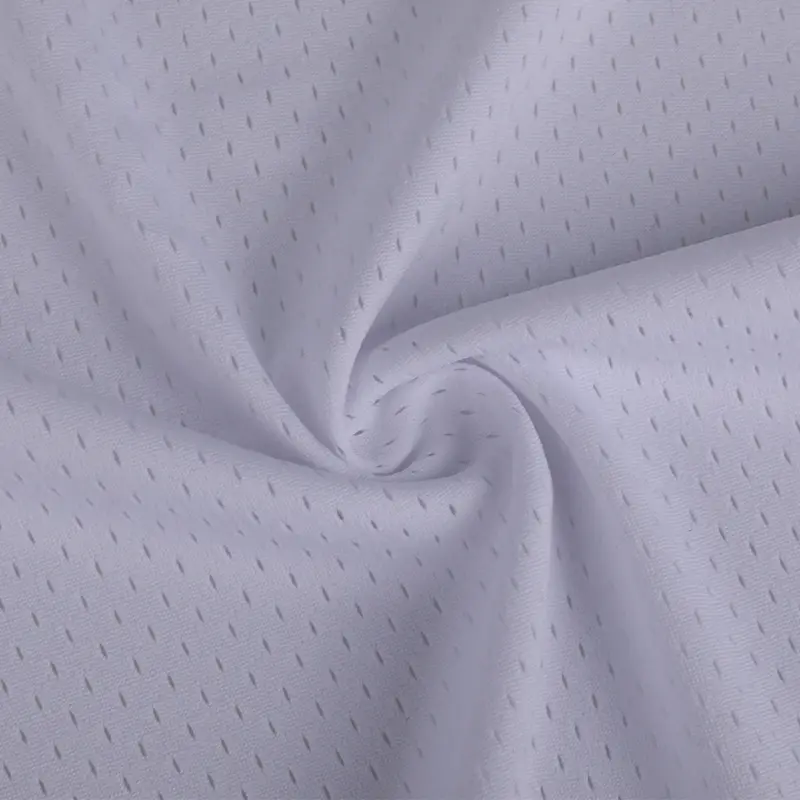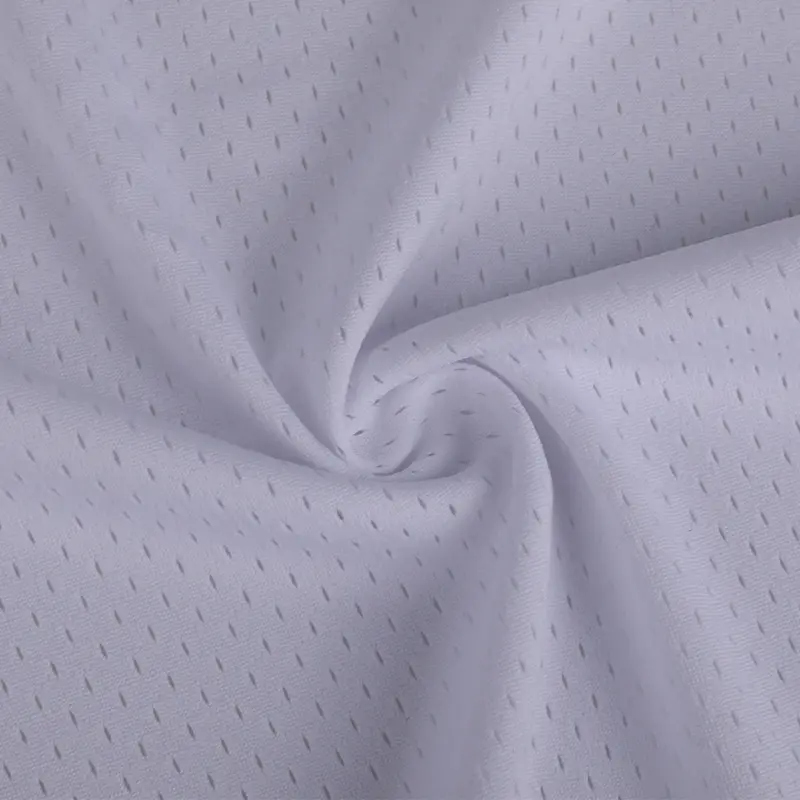
Outdoor sports fabrics: innovative designs for high temperatures and extreme climates
Fabric innovation in high temperature environments
When doing outdoor sports in high temperature environments, the human body regulates body temperature by sweating, so the primary function of sportswear is to quickly remove sweat from the skin surface and keep it dry. Although traditional cotton fabrics have good moisture absorption, they have poor perspiration and quick-drying properties, which can easily cause clothes to be sticky and affect the sports experience. For this reason, modern outdoor sports fabrics mostly use highly breathable synthetic fibers, such as polyester fibers, nylon, and natural fibers such as flax and bamboo fibers. These materials have good moisture absorption and perspiration wicking capabilities, can accelerate sweat evaporation, reduce stickiness, and improve wearing comfort.
In terms of design, outdoor sports fabrics have added breathable holes or mesh structures, especially in sweat-prone areas such as the armpits and back, to increase air circulation and accelerate heat dissipation. In addition, light-colored or bright-colored clothing can effectively reflect sunlight, reduce heat absorption, and reduce body temperature. For example, colors such as white, light gray, and light blue are more suitable in hot weather.
Enhanced UV protection
High temperature weather is usually accompanied by strong UV radiation. Long-term exposure to the sun can not only cause sunburn, but also cause serious consequences such as heat stroke. Therefore, outdoor sportswear needs to have a certain UV protection ability. Choose fabrics with high UPF (ultraviolet protection factor) values, such as polyester fibers with added sunscreen, or use tightly woven fabrics to reflect UV rays and reduce the chance of them penetrating clothing. In terms of design, long-sleeved styles, tops with wide-brimmed hoods, and sun-shading pants can provide more comprehensive protection. At the same time, avoid using too dark fabrics to reduce heat absorption.
Pursuit of lightness and elasticity
For sports in high temperature environments, it is crucial to reduce the weight of equipment to avoid adding extra burden. Sportswear should use lightweight but durable materials, such as ultrafine polyester fibers, waterproof and breathable layers with microporous membrane technology, etc. These materials can minimize the weight of clothing while ensuring functionality. At the same time, large movements during exercise require clothing to have good elasticity and ductility to adapt to various body movement states. Blended fabrics containing spandex or lycra can provide sufficient elasticity, ensure freedom of movement, and reduce the sense of restraint.
Integration of intelligence and multi-function
With the development of science and technology, smart clothing has gradually entered the field of outdoor sports. Through built-in sensors to monitor physiological indicators such as body temperature and heart rate, when the body temperature is too high, it reminds you to rest or take cooling measures to ensure sports safety. In addition, fabrics made of phase change materials can automatically adjust the warmth or heat dissipation performance of clothing according to the external temperature to adapt to changing climate conditions. In terms of design, practical functions such as pockets, headphone threading holes, and portable pouches are integrated into clothing to improve the convenience of use.
Emphasis on environmental protection and sustainability
In the face of global climate change, the production and consumption of outdoor sports fabrics should also focus on environmental protection and sustainability. Use recyclable materials such as recycled polyester and organic cotton to reduce the burden on the environment. In the design process, focus on durability and easy maintenance to extend the service life of clothing and reduce waste generation. At the same time, encourage brands to adopt a closed-loop production model, recycle old clothes for reuse, and form a circular economy chain. The integration of environmental protection concepts is not only a manifestation of responsibility for the earth, but also gradually becomes one of the key factors for consumers to choose products.
Coping with the challenges of extreme climate conditions
Under extreme climate conditions, the design of outdoor sports fabrics is more complicated. For example, when doing high-intensity exercise in a cold environment, in addition to ensuring the necessary cold-proof and warm-keeping performance, the problem of thermal stress of clothing must also be solved. The fabric used for underwear must be able to quickly transfer the sweat, sweat, and heat generated by the human body to the surface of the underwear, and can be easily received and further transferred by the middle layer of clothing to prevent a large amount of sweat and heat from causing discomfort and frostbite to the wearer. This requires the fabric to have good sweat and heat dissipation properties, as well as quick-drying and moisture-absorbing properties.
For water sports, such as diving, the fabric needs to have low resistance, waterproof, and quick-drying properties. The realization of low resistance includes changes in fabric structure and fiber structure and reasonable elasticity selection. Therefore, reducing resistance should be given priority, followed by waterproof performance, and then quick-drying performance.












 中文简体
中文简体 English
English Español
Español русский
русский













